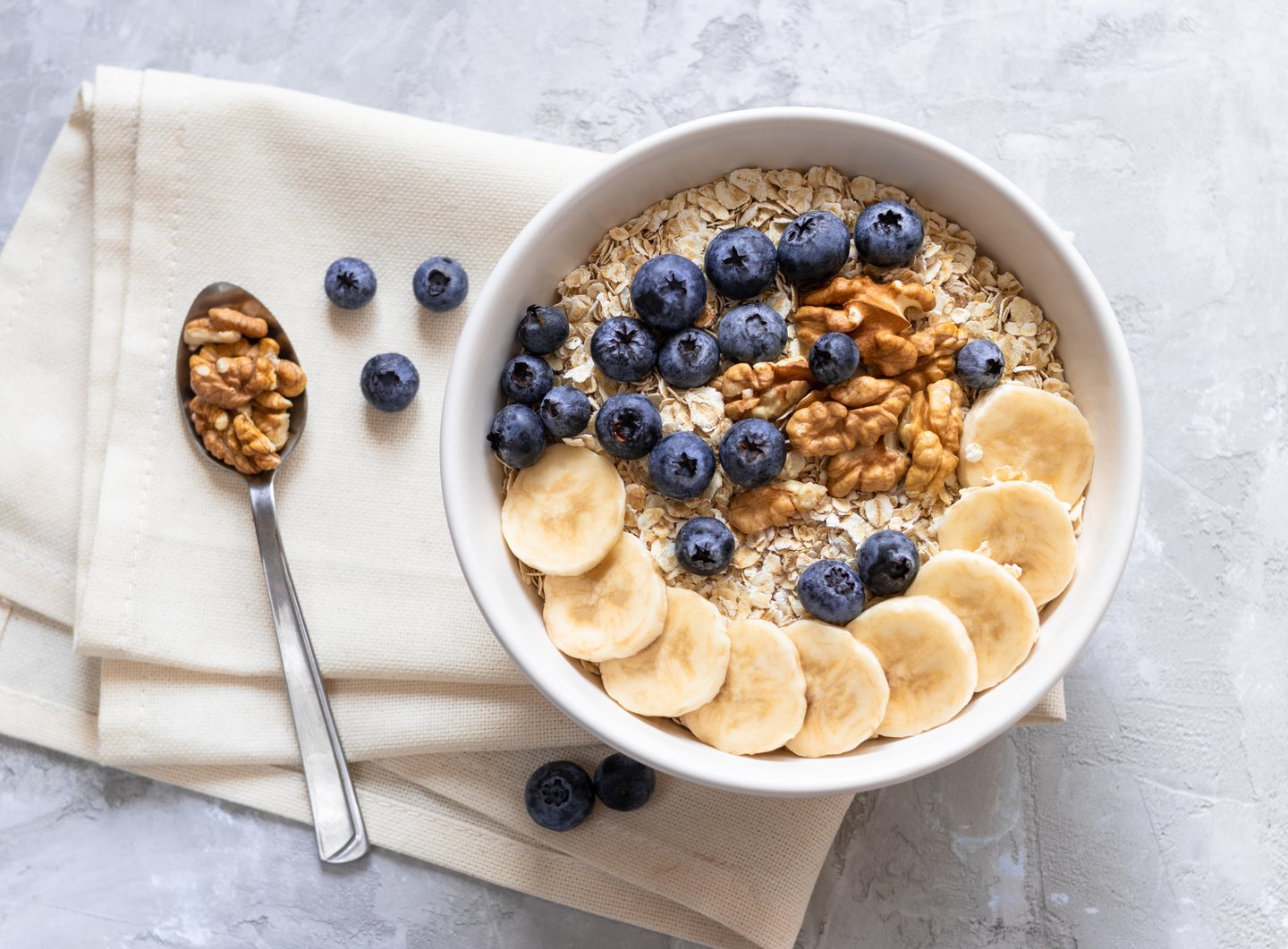‘Oatzempic,’ a new era of plant-based and more food and beverage trends to know
Personalized nutrition is about to get a lot more personal, the “oatzempic” craze could be the start of a new “friendly” food claim, and the plant-based market isn’t dead — it’s entering its 2.0 phase.
These are just some of the highlights from a recent webinar featuring Jo-Ann McArthur, president of Toronto-based Nourish Food Marketing, and Hamish Renton, managing director of U.K.-based food and drink consultancy HRA Global. The experts came together to discuss how food and beverage trends are playing out across the Atlantic.
The trend “everybody wants to talk about the most,” is the “Ozempic effect,” said McArthur, which refers to changes in calorie consumption for those taking appetite-suppressing medications to lose weight. Users are looking to get “more functional value out of less food, so they’re going to really optimize quality of calories over quantity,” McArthur said. Her advice to food and beverage companies: Highlight nutrition information like protein, fibre and other nutrients. “You should also consider offering smaller packaging sizes to offer more portion control.”
READ: Users of Ozempic and other weight-loss drugs cutting back on snacks, buying fewer groceries
Weight-loss seekers who don’t want to partake in the GLP-1 class of drugs (like Ozempic) will potentially turn to GLP-1 boosting foods (GLP-1 is a hormone released in the gut after meals and makes people feel full.) To see this action, McArthur said check out the “oatzempic” trend on TikTok. “There’s a possibility that even calling out GLP-1-friendly foods could be that new keto-friendly [claim] that we’ve been seeing on this side of the pond as well.”
While the U.K. doesn’t have the same “media obsession” with Ozempic as North America, Renton said they are seeing a similar “quality shift” in calories. With smaller portions, “you need a bigger taste bang for your buck. You need products that sparkle and pop more than their equivalents,” he said.
Another trend to watch is precision nutrition. Also called personalized nutrition, this trend is “taking a giant leap forward” with artificial intelligence and wearable technology, said McArthur. For example, continuous glucose monitoring programs like Levels, Nutrisense and January, provide real-time data on how food is impacting blood sugar. The idea is that with the data, users can find foods that are best for their bodies. In the future, AI will also enable people to check their gut microbiomes and get personalized food recommendations.
In the U.K., McArthur noted that health and wellness retailer Holland & Barrett is trialling genetic tests in stores. As customers shop, they can scan barcodes to find the best products for their unique genetic makeup. With another U.K. program, Zoe, users undergo “a battery of tests,” said Renton. “Everything from gut biome to blood glucose measurements to standard blood tests.” The program has also spawned a food retail product: the “gut shot” available at Marks & Spencer. Renton called this phenomenon “citizen science… where you’re empowering people to take ownership of their own data and their own biology.”
READ: Consumers are turning to grocery retailers as key allies in healthy living
One trend that took off in recent years and then faltered is plant-based meat and dairy. However, Renton said writing this market off is presumptuous. “I’m actually looking forward to what plant-based 2.0 will represent. I think the key drivers aren’t going to go away because if your key drivers are health, taste and environment, well, you’re in for a very long ride indeed.”
Renton explained the push back in plant-based was because of the “chemistry set, ultra-processed food.” Now, the category is shifting to more natural, whole foods. McArthur agreed, saying we’ll see more products “putting that lens back” onto plants. “We’re going to celebrate what’s best about the plant rather than what it’s replacing.”
McArthur had a few considerations for food and beverage manufacturers: “If you’ve got a product in this category, can you reposition it to talk about what’s best about it in culinary terms rather than what it’s mimicking or replacing? Can you clean up those [ingredient] decks so that there are less ingredients and consumers don’t view them with suspicion? And even more importantly, can we put some of the joy back in eating plant-forward foods?”
On the beverage front, alcohol moderation is going mainstream. “Generation Z and millennials are distancing themselves from their boozy boomer parents,” said McArthur. “They’re drinking less and they’re really embracing this sober-curious movement…. We’re seeing a continued rise in non-alcoholic beverage consumption, as well as the emergence of a lower-alcohol segment as consumers seek ways to reduce their alcohol consumption without compromising taste.”
It’s a similar story on the other side of the pond. “We don’t use the word ‘teetotaller’ anymore because it’s become so normalized,” said Renton. The challenge for food and beverage manufacturers is to engineer products that will give people the pleasure they get from alcoholic drinks, without the alcohol. “It’s a really interesting shift [and it’s one] that few actually saw coming. Out of all these trends, this is one that caught people a little bit unawares.”



